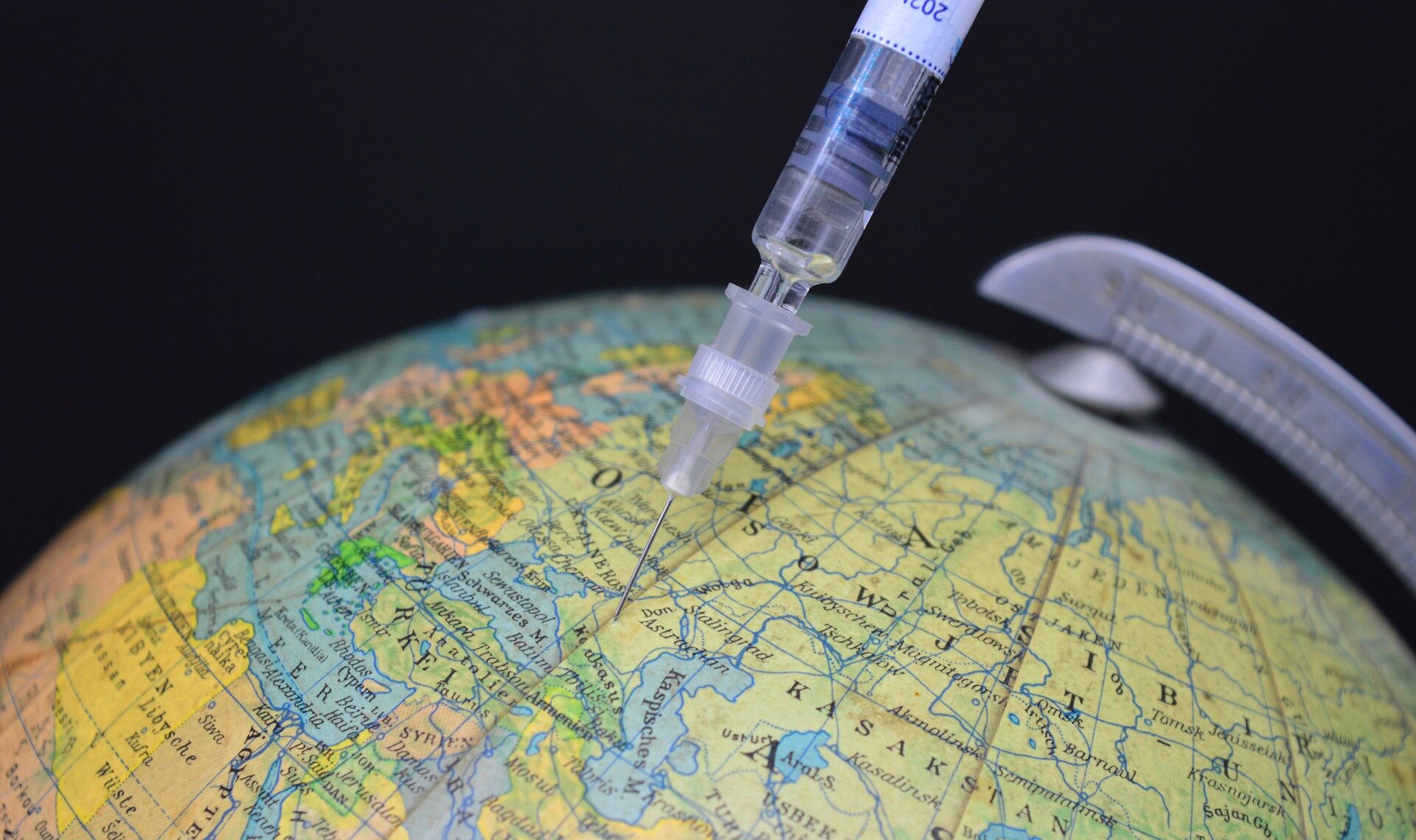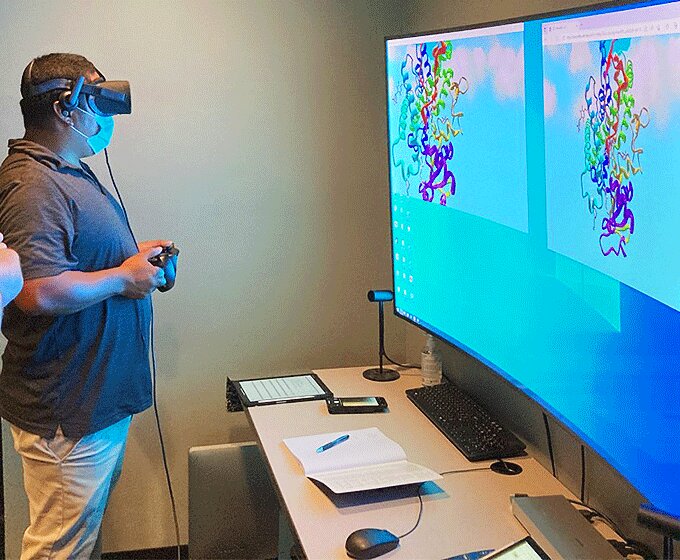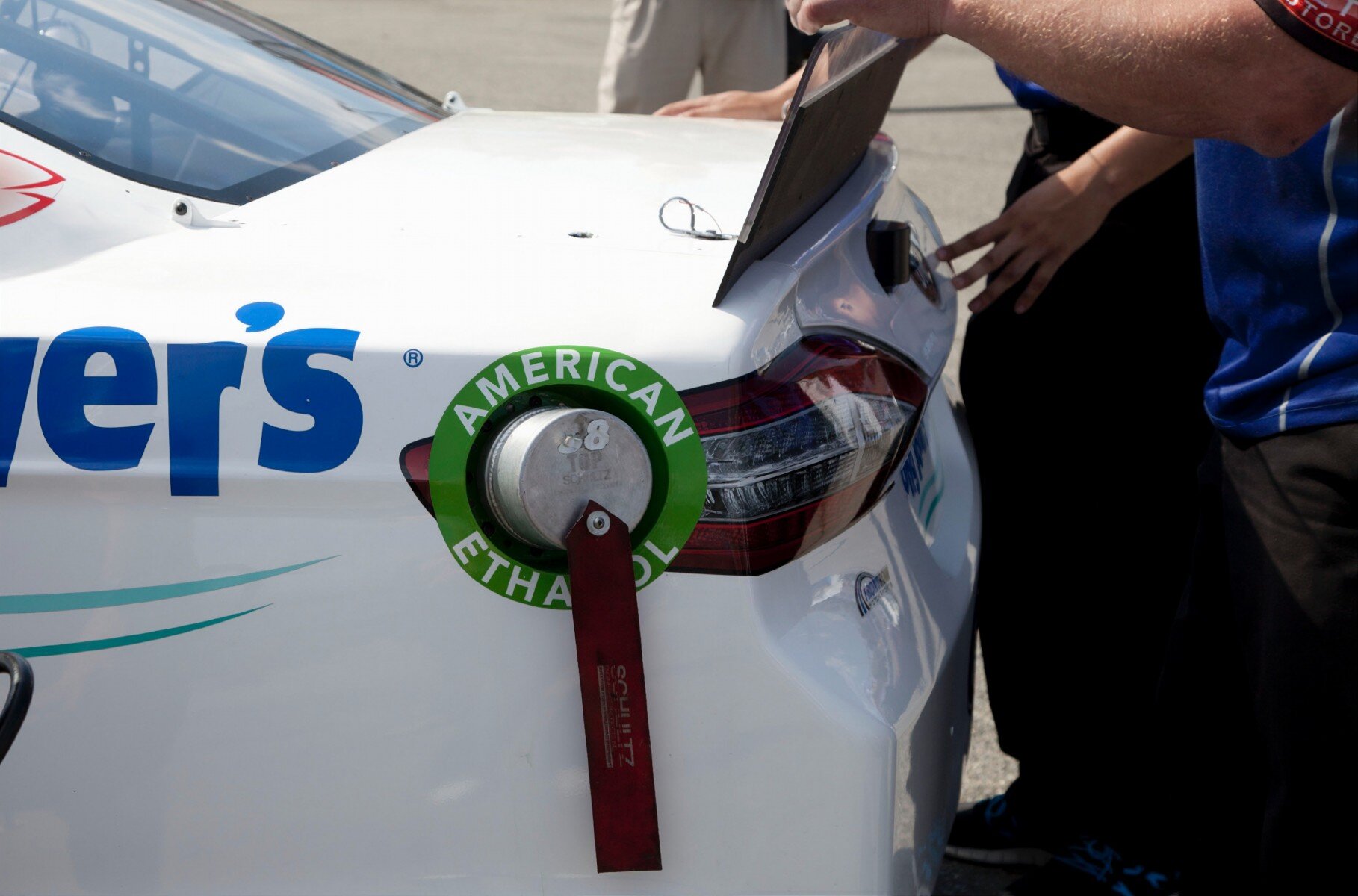#Improved ultrasound techniques for cancer diagnostics

“#Improved ultrasound techniques for cancer diagnostics”

To diagnose cancer a range of imaging techniques are used, such as MRI, CT and ET scans. However, ultrasound has the advantages of being a real-time, portable, widely available and cost-effective alternative. TU/e-researcher Anastasiia Panfilova investigated two promising ultrasound techniques, and developed an ultrasound contrast agent that can act as a therapeutic by delivering medication locally to tumors. On Tuesday 18th of January Panfilova will defend her Ph.D.-thesis at the department of Electrical Engineering.
Detection of cancer is often hindered by the asymptomatic course of the disease. Early diagnosis might increase a good prognosis. For most cancer types histopathological analysis, in which tissue is examined under the microscope for possible disease, is the golden standard of cancer diagnosis.
If malignancy is confirmed by histopathology, imaging plays a pivotal role in tumor classification, survival prognosis, choice of treatment, therapy, and monitoring of the response to treatment. In some cases, imaging is the golden standard for cancer diagnosis in itself. The most common imaging modalities utilized for cancer diagnostics are magnetic resonance imaging (MRI), X-ray computer tomography (CT), and emission tomography (ET). Ultrasound is advised to aid cancer diagnostics in some organs, and is the most suitable imaging modality for biopsy guidance.
Global impact
As ultrasound has the advantages of being real-time, portable, widely available and cost-effective, improvements of this technique are of social relevance, says Ph.D.-student Anastasiia Panfilova. “Adequate cancer diagnostics with ultrasound would have a global impact, giving access to clinical diagnostics even in low-income countries. Therefore, we aimed at the development of ultrasound techniques for the detection of various cancer markers in the early process of cancer diagnosis.”
Panfilova focused on two nonlinear ultrasound techniques: contrast-enhanced ultrasound (CE-US) and nonlinear parameter imaging (B/A). B/A imaging is still under development and the utility of B/A has been poorly studied for cancer diagnostics. Panfilova tried to bring the measurement of B/A a step closer to a practical implementation of B/A, but the CE-US studies shows the most promising results.
“For CE-US imaging an intravenous injection of ultrasound contrast agents is necessary. These are small gas bubbles, 1-10 micrometers in diameter, stabilized by a biocompatible shell. Cancer growth requires the formation of new vessels for the intake of nutrients. However, the formed vascular network is malfunctional, with an irregular vessel hierarchy. This can complicate the absorption of contrast medium and the subsequent imaging of a tumor.”
Gas bubbles
Panfilova therefore investigated in detail the distribution of CE-US contrast medium in vascular systems and developed a new contrast medium that distinguishes even better between healthy and tumor tissue, and can also visualize tumors with an irregular vascular system.
In addition, she showed that the specific gas bubbles in this contrast fluid can also contain a liquid core. This offers possibilities, she concludes, for using the contrast medium to deliver drugs locally into the tumor while being monitored via ultrasound.
First in-vivo trial of subharmonic contrast-enhanced imaging for detection of PCa
Thesis: pure.tue.nl/ws/portalfiles/por … 118_Panfilova_hf.pdf
Citation:
Improved ultrasound techniques for cancer diagnostics (2022, January 17)
retrieved 17 January 2022
from https://medicalxpress.com/news/2022-01-ultrasound-techniques-cancer-diagnostics.html
This document is subject to copyright. Apart from any fair dealing for the purpose of private study or research, no
part may be reproduced without the written permission. The content is provided for information purposes only.
If you liked the article, do not forget to share it with your friends. Follow us on Google News too, click on the star and choose us from your favorites.
For forums sites go to Forum.BuradaBiliyorum.Com
If you want to read more Like this articles, you can visit our Science category.



